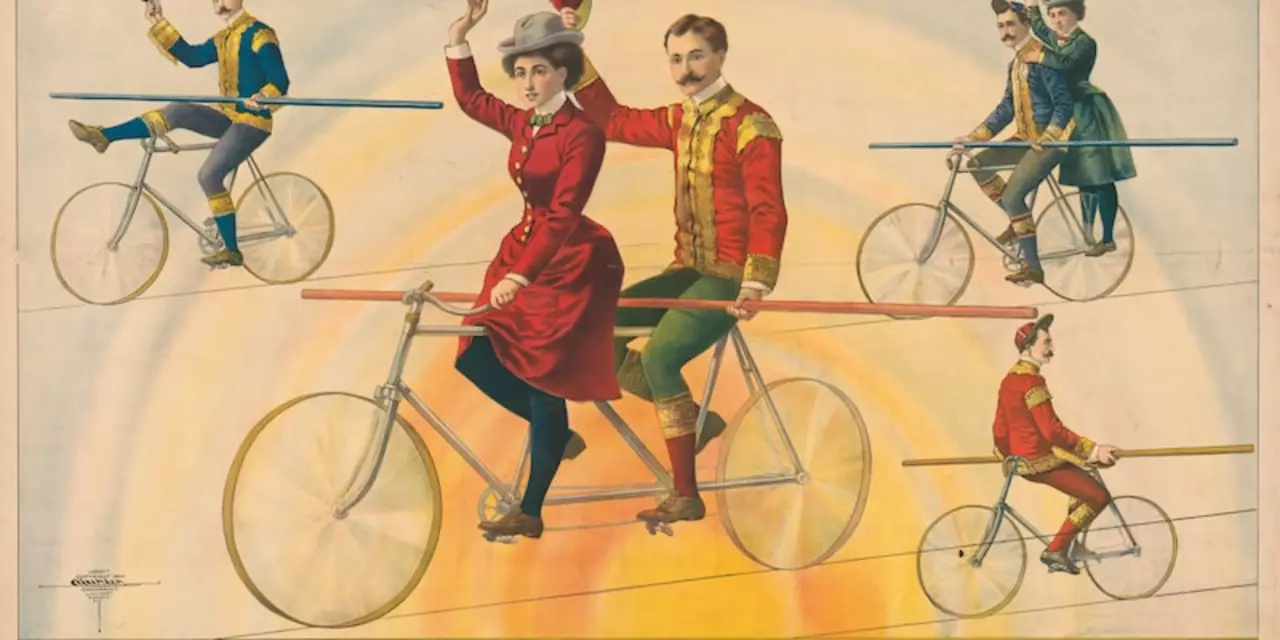Stereotypes in Acrobatics & Circus – Myths Debunked
Ever notice how quickly people jump to conclusions about acrobats, circus acts, or even certain athletes? Those snap judgments are called stereotypes, and they can hide the real effort and skill behind the scenes. Let’s break down the most common myths and show you what’s really going on.
Common acrobat and circus stereotypes
One big myth is that all acrobats are tall, lanky athletes. In reality, many top performers are under 5’5" because a shorter frame can make balance tricks easier. Height isn’t the ticket; strength, flexibility, and body control are.
People also think circus animals are always mistreated and that the shows are dangerous for the animals. Modern UK circuses follow strict welfare rules, and many acts now use technology or trained dogs instead of wild beasts. The danger factor is more about the performers’ aerial stunts than the animals.
Clowns get a bad rap as creepy or scary, thanks to horror movies. Most clowns are simply entertainers who use slap‑slap humor to bring joy, especially to kids. Their oversized shoes and painted faces are meant to be inviting, not frightening.
Another stereotype says acrobats can’t have ‘normal’ lives because they’re always training. While they do train a lot, many balance regular jobs, families, and hobbies just like anyone else. The schedule is tight, but it’s manageable with good planning.
Seeing the real story
Want to spot the truth? Start by watching training footage or behind‑the‑scenes videos. You’ll see that safety gear, spotters, and gradual skill building are the norm, not the wild danger you hear about on gossip sites.
Ask questions at local shows. Most circus troupes love to explain their routines, animal care policies, and how they keep performers safe. Their openness shows they have nothing to hide.
When it comes to sports, stereotypes pop up too—think “boxers are all aggressive” or “tennis players are only rich snobs.” Look at player interviews, read about their backgrounds, and you’ll notice diverse stories that break those clichés.
Finally, remember that stereotypes thrive on shortcuts. The more you engage with real content—interviews, training blogs, community forums—the more you’ll see past the labels and appreciate the genuine talent and hard work involved.
So next time someone says “all acrobats are tall” or “circus animals suffer,” you’ve got the facts to set them straight. Stereotypes are easy to believe, but they’re rarely the full picture.

What are some common misconceptions about the circus?
The circus has been around for centuries, yet there are still many misconceptions about it. One of the most common is that the circus is only for children. While it is true that some circuses focus on kid-friendly entertainment, there are many that feature exciting, thrilling, and even daring acts that can appeal to adults as well. Another misconception is that all circus performers are human. In reality, many circuses include animal acts, such as trained elephants, tigers, and horses. Lastly, some people think that circus performers are uneducated or lack talent. On the contrary, most circus performers have trained for years, honing their skills and mastering their craft. The circus is a unique and exciting form of entertainment, and these misconceptions do not do it justice.
Read More